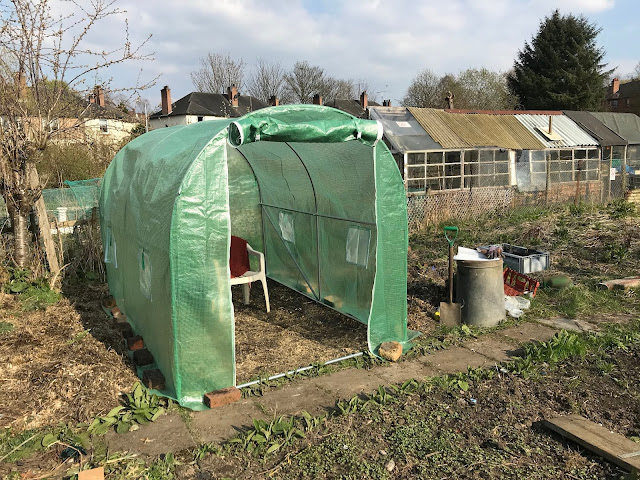Rumex obtusifolius, the common dock, is well named, being an obtuse weed. Likely, it took hold at the plot during the years before the drainage works were undertaken. The plan is to banish it from everywhere but the pond area. Membrane induced light deprivation, (which I learn from Rapp et al, 2015, is better called dark induced senescence). And senescence of plant cells is a form of dedifferentation, which is what happens when a cell changes its function, and becomes something like a stem cell. I'm getting out of my depth here of course, but I can theorise that light deprivation will affect dock roots, but that they will survive in their senescent state in well drained ground for longer than a couple of years. Pull back the membrane, therefore, and the docks (and the comfrey) will reappear. Cai, S. A., Fu, X., & Sheng, Z. (2007). Dedifferentiation: a new approach in stem cell research. Bioscience , 57 (8), 655-662. Rapp, Y., Ransbotyn, V., & Grafi, G. (2




